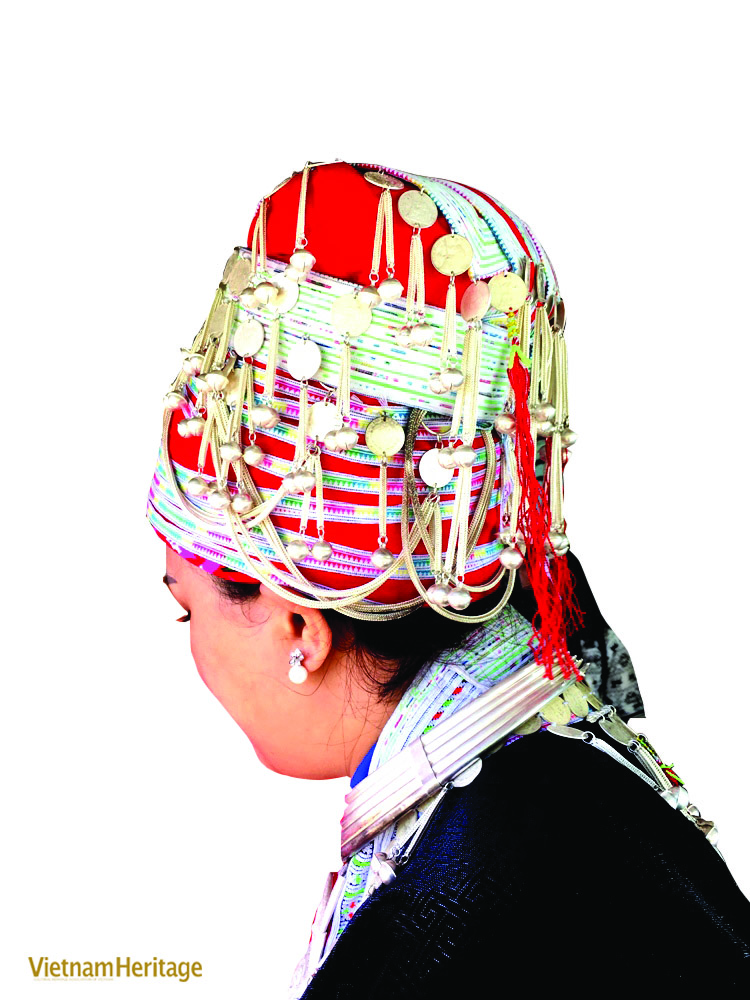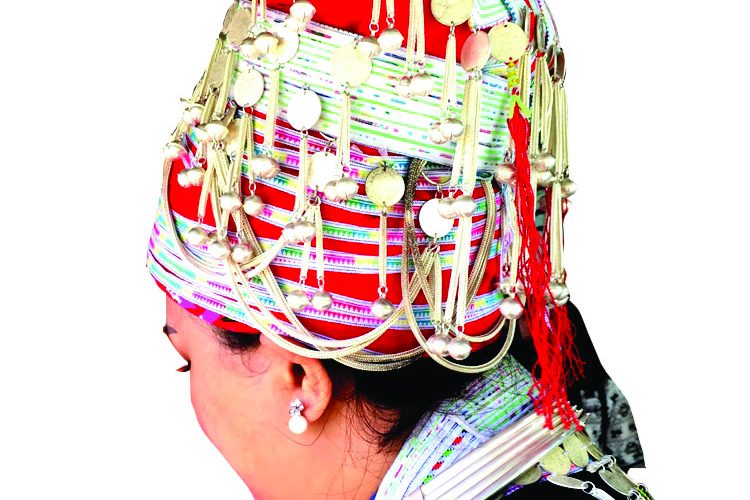(No.3, Vol.9, Jun-Jul 2019 Vietnam Heritage Magazine)
Text and photo: Le Thanh Cuong
The hamlet of Seo Po Ho lays peacefully by the Po Ho
Creek at the foot of the massive Ky Quan San Mountain, the habitat of about 50
Red Yao households. These people have managed to preserve their unique cultural
features and customs, from maturity ritual, wedding, to signature brocade
patterns and precious herbal yeast to distil their maize vodka and even their
exquisite traditional skills of silver carving. The village elders say that the
King of Heaven himself sent a daughter down to this land to teach Yao people
this silver carving trade. That’s why many call Seo Po Ho the angelic silver
village. Not just a symbol of cultural preservation, the silver carving trade
is being restored and promoted by the Red Yao as a unique feature in the
cultural exploration tour for tourists to Muong Hum Commune of the district of
Bat Xat.

We visited the family of artisan Tan Phu Sinh, who
has the region’s most dexterous hands, and who is passionate about preserving
the ancestral trade, together with a dozen of other families. Meticulously
carving a detail on a bracelet and being in a jovial mood, Mr. Tan Phu Sinh
recalls, “For more than 20 years, I have been giving it all to silver carving.
To me, the things I make are not merely jewelry or decoration. They are the
means for me to express myself. I write on them my stories, my thoughts, my
life experience, my soul. The work is entirely manual, from baking, laminating
to carving and relieving. It’s a work for the most passionate and patient
ones.”
Beside Mr. Tan Phu Sinh’s, there are almost 20 other
Red Yao households at Seo Po Ho that pursue this traditional trade and have
stable income by doing it. Expenses deducted, each family makes regularly about
5 million dongs a month just by carving silver the traditional way. Notably,
staring from 2018, they have established Seo Po Ho corporative to conduct the
silver carving trade. All corporative members have a stable income. The Red Yao
outfits, beside their own unique brocades and embroidery, are adorned with
silver buttons, chains, necklaces, bracelets and little bells etc. Each woman
has at least a couple of such traditional outfits. A set of traditional dress
normally costs about 10 million dongs. More sophisticated ones may cost 25-30
million dongs. Some exquisite ones may cost up to hundreds of millions.
Following the tunes (“Spring comes to Muong Hum hamlet high up the mountains with heart-rocking distant singing…” ) of talented composer Nguyen Tai Tue, we come to Seo Po Ho hamlet to visit Red Yao artisans diligently blowing life into silver, creating wonders of sophisticated craftsmanship, worthily contributing to the cultural traditions of their tribe.


There was a period of time when almost no Red Yao person at Seo Po Ho, certainly no youth, wanted to do silver carving. Then, with the introduction of the policy of combining trade village tourism with preservation of ethnic minority cultures, the silver carving craft of the Red Yao people in Bat Xat and particularly in Seo Po Ho has been restored. Today, not only silver carving brings the villagers a good income, but also culture tourism which brings visitors to this remote place to contemplate the natural scenery and explore local lifestyle centered around the silver carving trade.
Taking us out for a tour around an area where some artisans demonstrated carving techniques for tourists, Mr. Lu Sao Zin, chairman of Muong Hum People’s Committee said, “The local government is very instrumental in cultural preservation by turning our heritage into assets, increasing income and improving quality of life for the ethnic minorities by using the advantage of their own traditions. For the commune of Muong Hum, this advantage includes the silver carving craft of Seo Po Ho, the kermes of Muong Hum, cultural features of the Giay minority, terrace fields of ripening rice, kites flying amidst mountains etc. All these elements will attract tourists to this land.
The Red Yao value silver jewelry because to them silver represents wealth and good fortune. Possessing and wearing a lot of silver will make the god of silver bless you, your family, your clan and the whole community and grant you all a peaceful, prosperous and happy life. Therefore, in the most important event of a young person, the wedding, the parents always give their child as many silver coins as the family’s wealth allows.
In her conversation with us, Ms. Ly Ta May said,“The day I got married, my mother gave me a few silver coins as a dowry. Later I used this silver to make necklaces, bracelets, earrings and other decoration items for my hats and dresses. Silver uniquely accentuates the glamor of Red Yao women’s dresses and elevates their beauty. It’s hard to overstate the role of silver in the cultural life of the Red Yao people.

